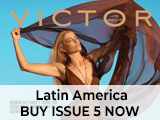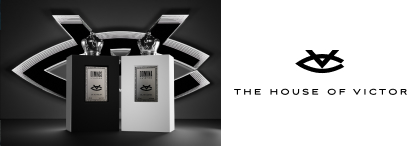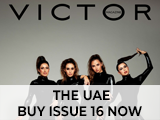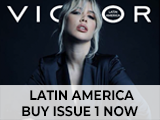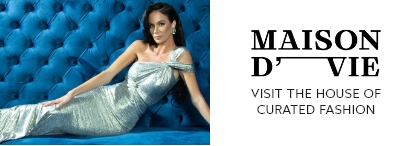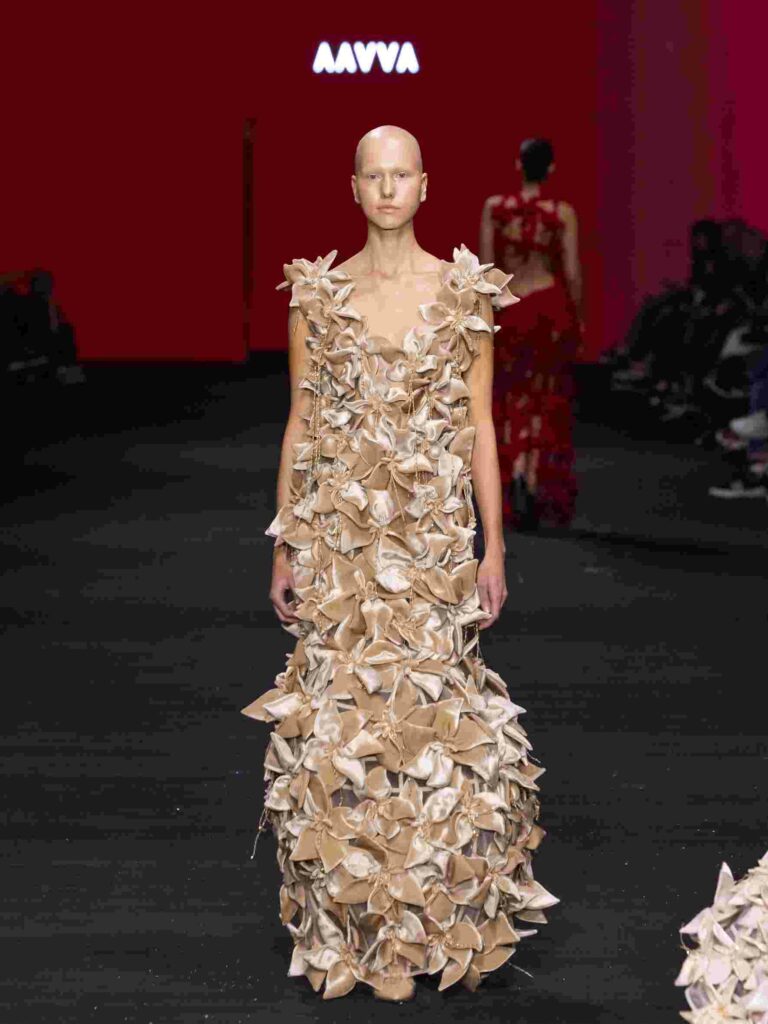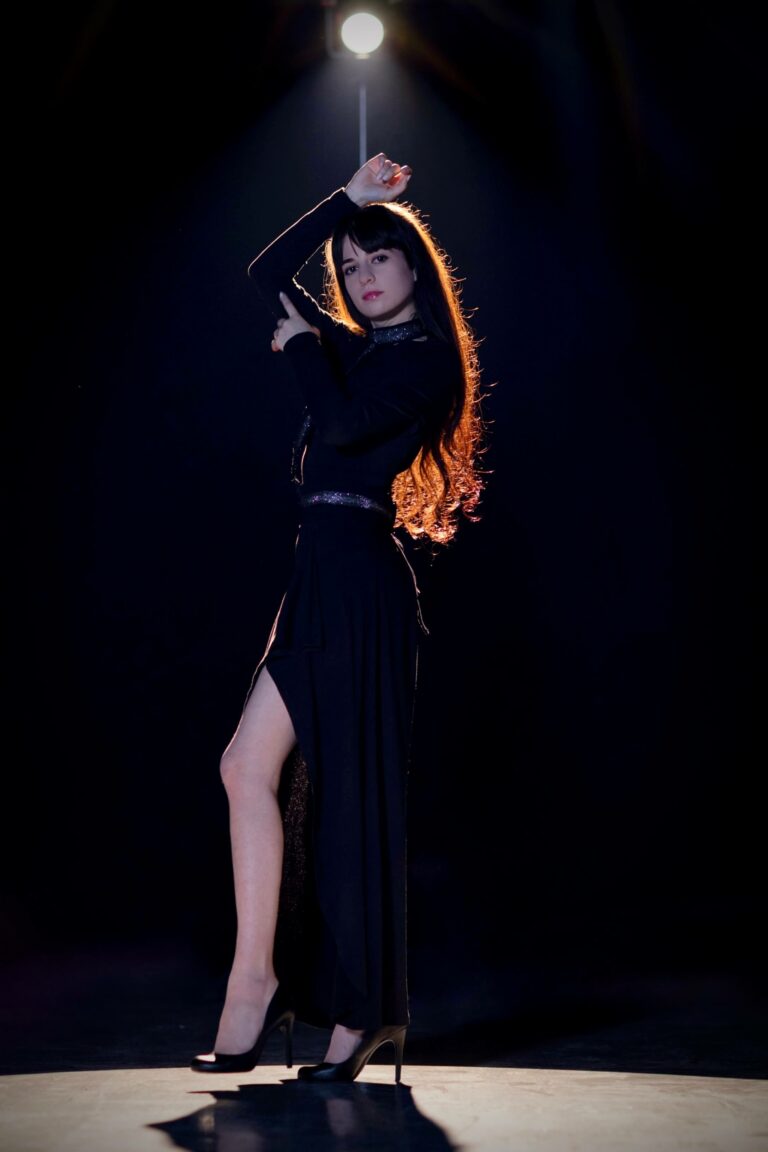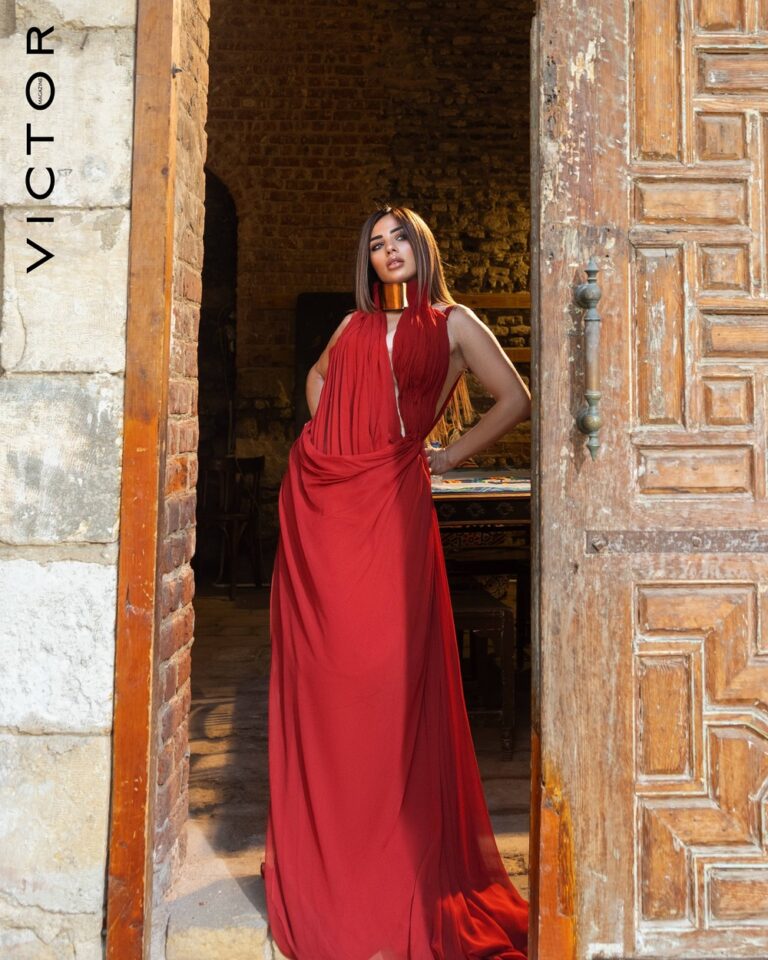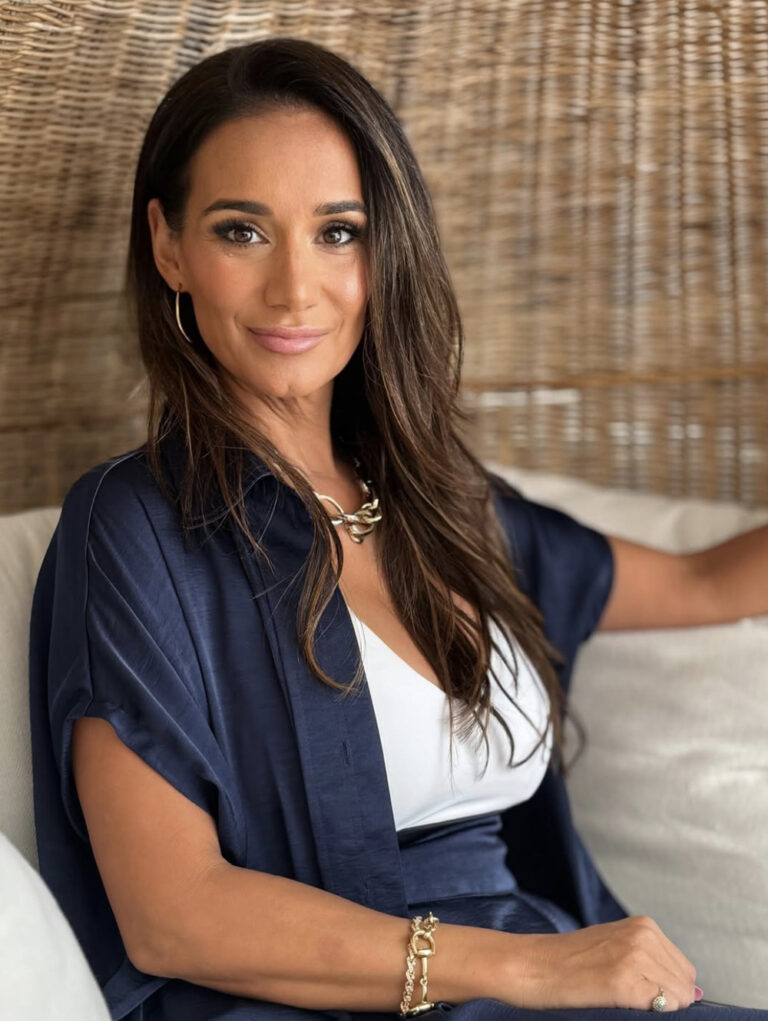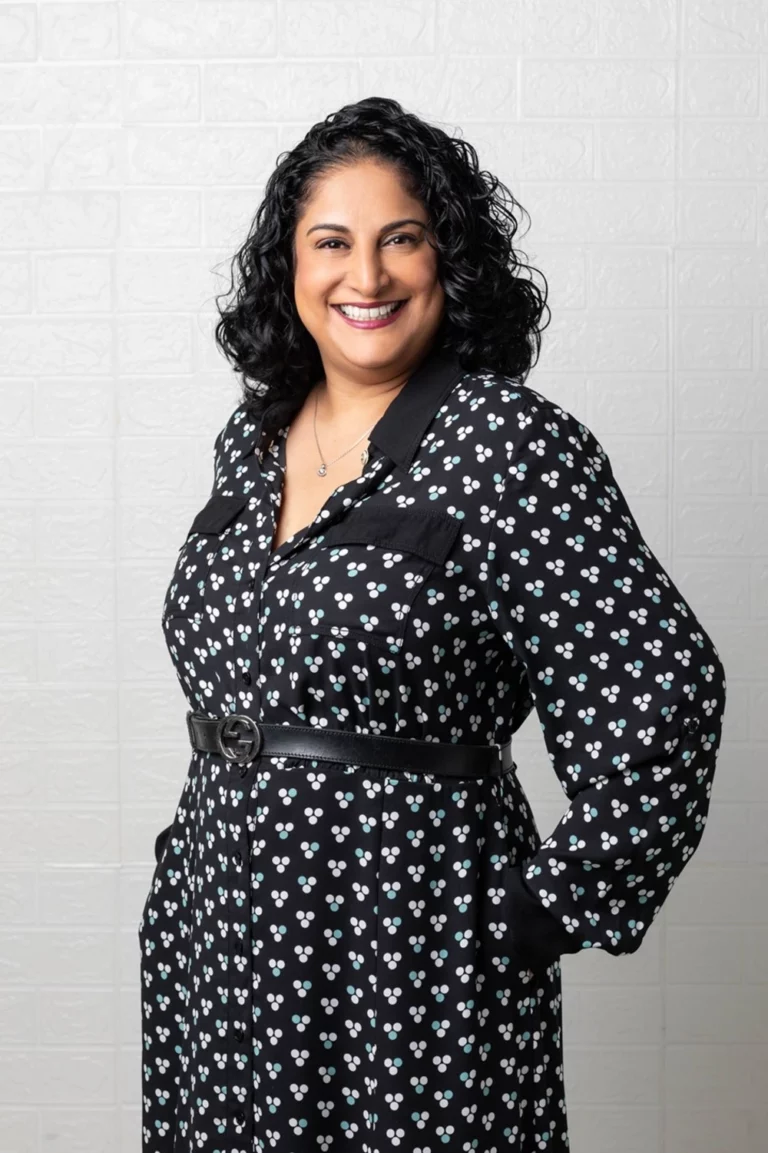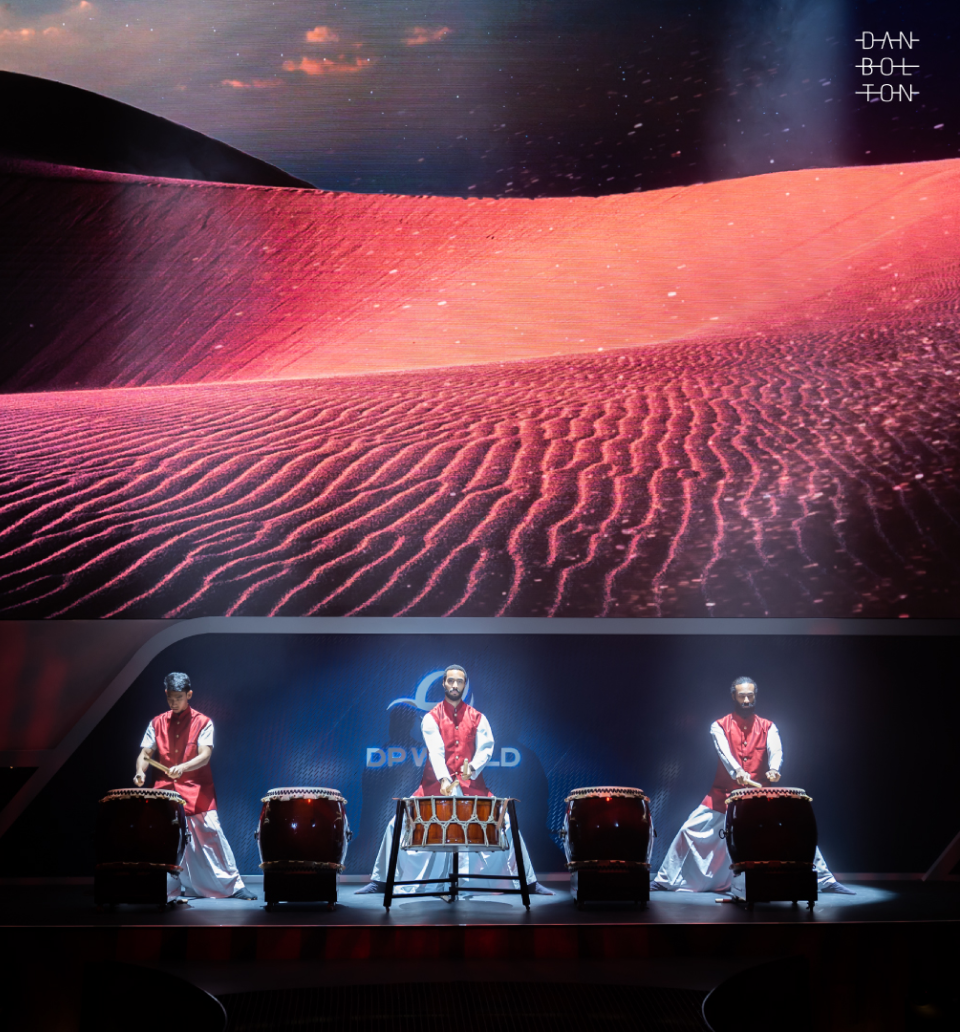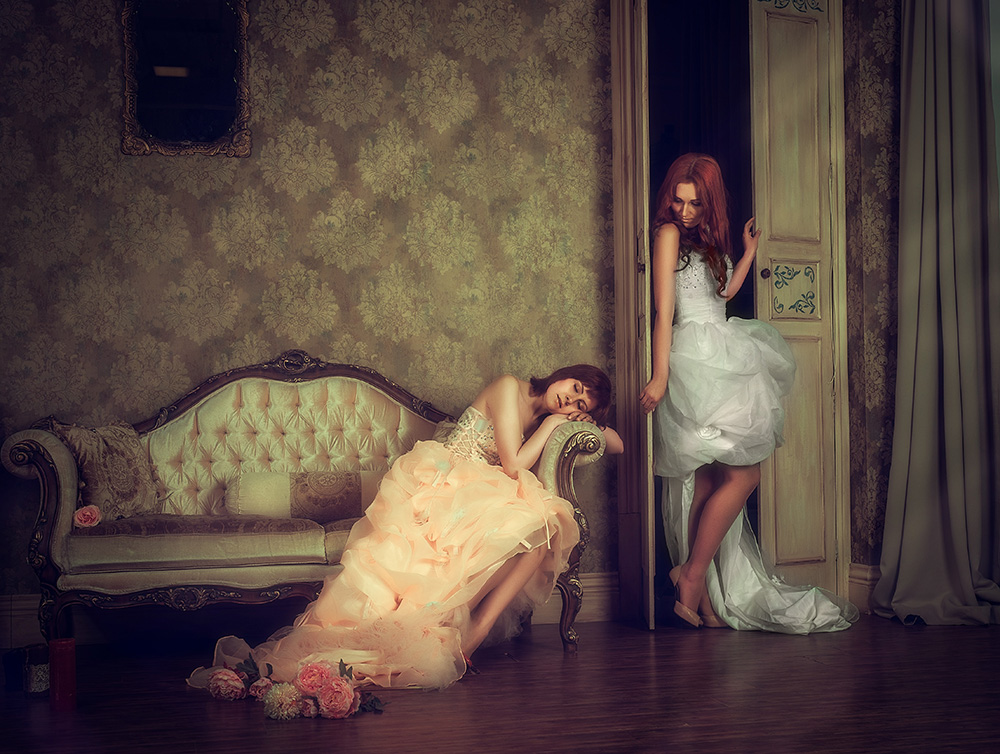
What’s in fashion?
Priya Ramchandran
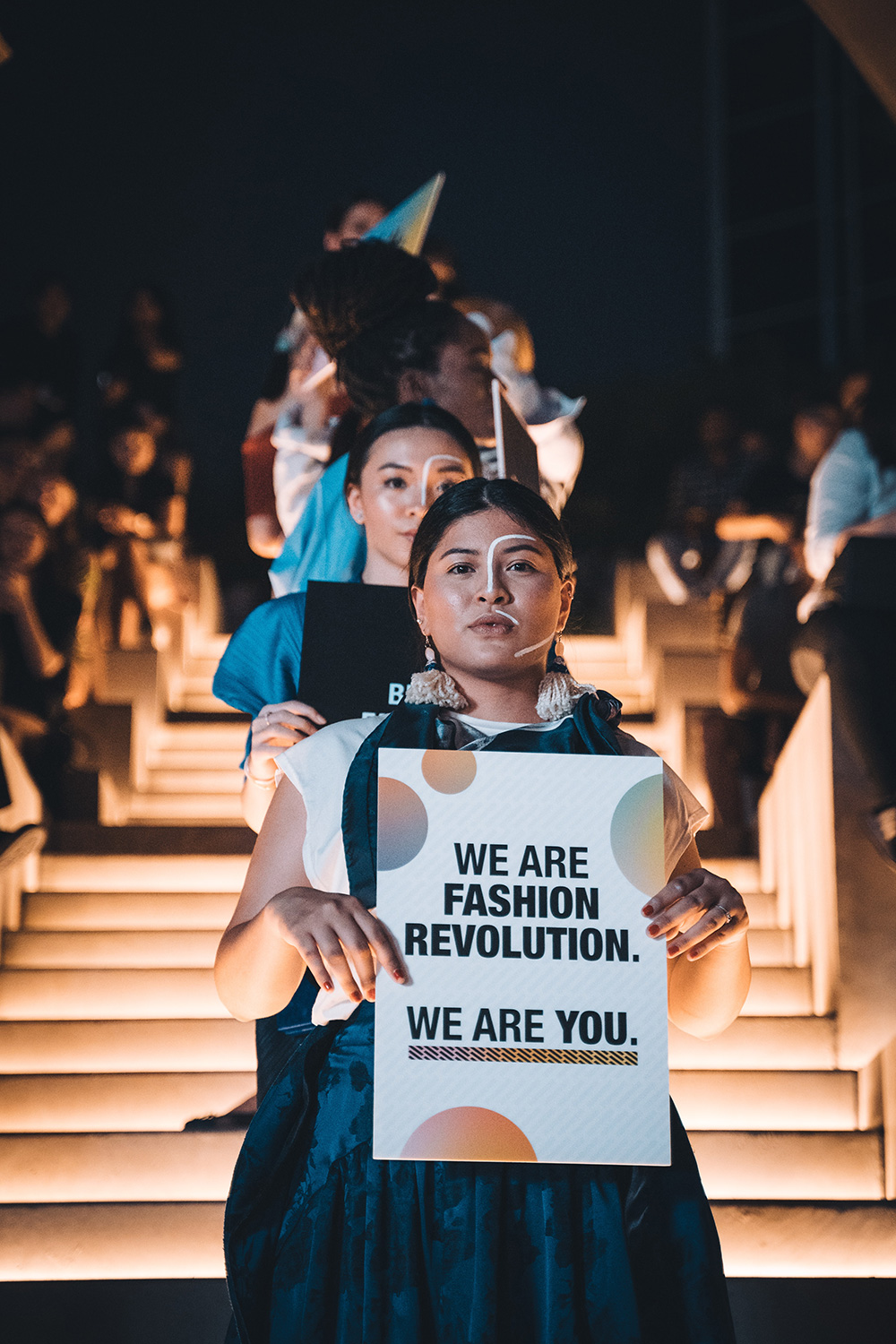
- Photo by: Francois Le Nguyen
Years ago, I had the rare opportunity to attend a fashion show. Thanks to a designer student- friend, I witnessed a real fashion show – live! The glitz, glamor, designs besotted the naïve teenager that I was. The experience was surreal. At the end of it all, when the shimmer of the glamor calmed down, the naïveté mind had a question. Who are these clothes for?
That was in the early nineties when fashion was not accessible to the common (wo)man. Fast forward to the post-pandemic 2022 (which by the way is almost in its last quarter). Fashion today is not only accessible, but also inclusive. More designers are realizing the previous gap that was present in the clothing choices that they had to offer and are catering to the demands of every kind of customer.
It is no secret that textiles and clothing are a fundamental part of everyday life and an important sector in the global economy. It sets us apart as a species – culturally, economically, emotionally and even politically. The question is – how does the industry satiate everybody’s demand? Or…does it at all?
Fashion is a personal choice. The function of clothes is to take us through everyday life events, and occasionally sweep us off to grand events. There is an entire industry with small, medium to top-notch designers whose whims affect us. But the customer is the king (we are not forgetting the queens, please) and we choose what to wear or what not to wear for reasons best known to us! Lifestyle for some may be luxury for others. Creators of catwalk fashion, haute couture and everyday wear, are all talented people known for their creativity, ingenuity and imagination.
The industry now is a global landscape with known as well as inconspicuous designers working to their full capacities, creating intricately shaped designs from anything, including metal, cable wires and plastic. Let me refresh your memories about the 2010 MTV Video Music Awards where American singer Lady Gaga wore a dress made of raw beef. Created by designer Franc Fernandez and featuring a cowl neckline, a slashed-to-thigh hem and matching beef clutch bag, the “meat dress”, as the media named it, was an overnight sensation. (Apparently Lady Gaga wanted to convey a message. Her bold move did reposition the role of the red carpet as a place not just for sartorial pirouetting but as a platform for activism).
The real-meat dress made it to the headlines, was trolled for months together by activists – but hey! IT GOT WORN! How many designs of thousands of designers’ creations ever see the light of day? Even if they do, there are names we would never get to know. These designers simply create realistic comfortable clothes for the millions that do not bother about the label on their outfits. The process is affordable and so is the output that’s predominantly meant for everyday use in all sizes and in all walks of life. Being well dressed with stylish clothes that correspond to our bodies and camouflaging slight inadequacies, makes people feel comfortable and look good in the mirror.
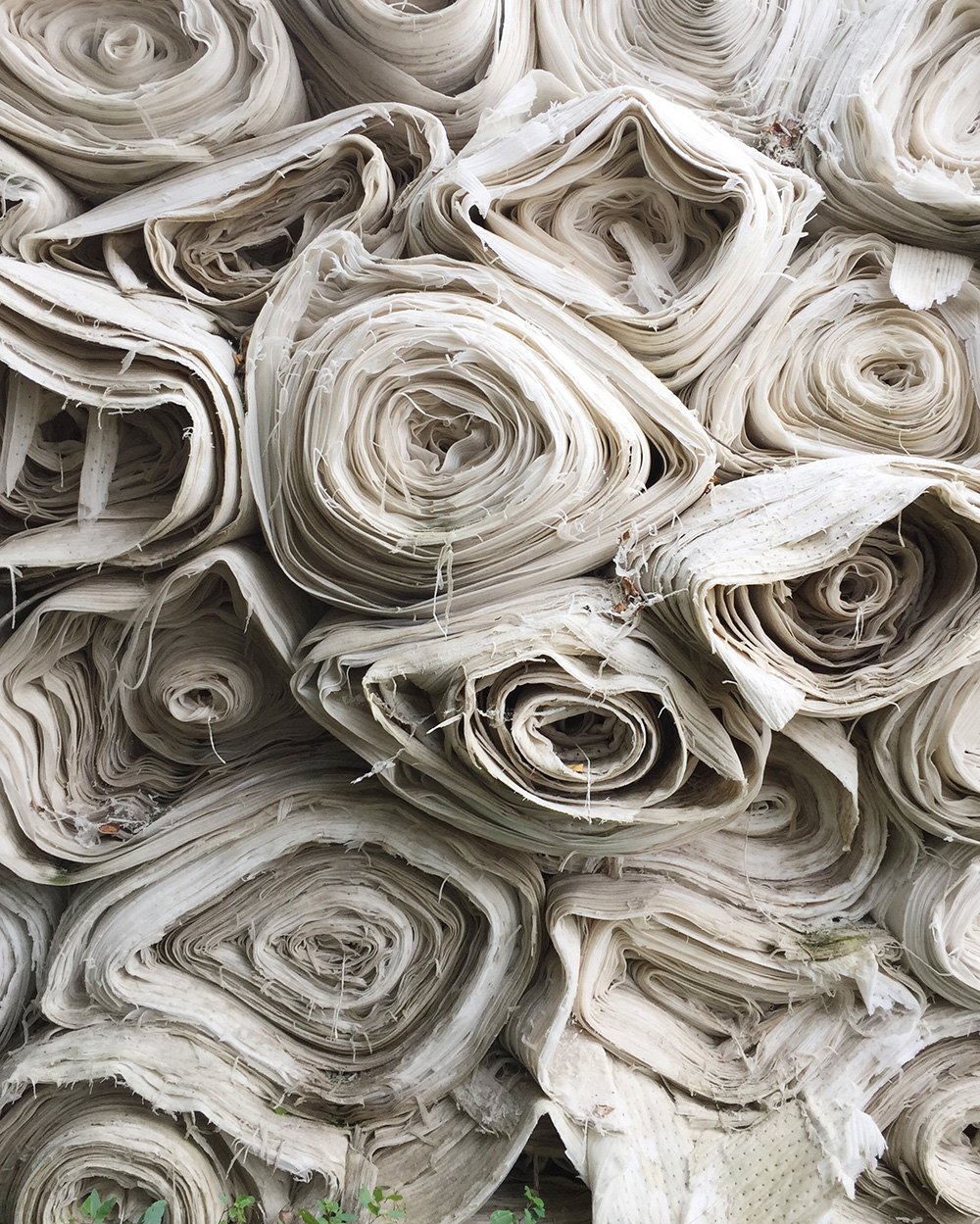
The industry has come of age, in the sense they realize the needs of the real woman. They come in all shapes and sizes and clothing designers have started taking cognizance of the fact. The average woman can now expand her wardrobe with gorgeous pieces for a special occasion, or even an everyday look. As more brands seem to be catering to myriad demands, more people than ever can indulge in creating fantastic designer looks. Society’s understanding of accessibility has expanded, and the lines separating what is fashionable and what is adaptive have blurred.
Let’s now talk about sustainable fashion. Let’s take a peek at the vulnerability of the industry. Let’s get real. As per the Cambridge Dictionary, ‘Sustainable’ implies “able to continue over a period of time. In essence, fashion implies change over time. Is it possible to reconcile the two?
Indeed, we have come a long way from a space where most people thought ‘eco’, ‘vegan’ and ‘organic’ all meant the same. Well almost. If any major fashion company even had sustainability departments, they were apparently based in tiny rooms, around winding corridors away from the heart of the C-suite. The industry, albeit contributory towards the global economy, is also vulnerable at the same time. The threats of climate change, resource shortages and other factors will impact the shape of the world and the future of the fashion scene in the world.
Is the answer to solving fashion’s role in climate change simple? No. Very clearly, it is not.
Millions thrive in this industry. The approach – don’t make more, don’t buy more than you need, don’t throw away old stuff – obviously has negative implications on employment. The crucial issue for each of us, no matter which side of the equation we are on, is thinking about and understanding the effects of the choices we make, so we can make better ones in the future. We need a better way to frame the discussion.
Let us use the term ‘responsible fashion’. In this highly uncertain world, let all the stakeholders – the designers, manufacturers, consumers, the supply chain system – let everybody take responsibility for their part for the decisions and choices they make.
Being fashionable means wearing comfortable clothes of value in which YOU look good. Individual behavior is a powerful tool. It matters and plays an important role in stimulating transformation within the industry. Whether you reduce, reuse, recycle or invest in ethical brands – whichever way you can, supporting the sustainable fashion movement will help create a better world for all.
It is crucial to understand that each and every individual has an impact on the fashion industry. After all, like other worldly matters, the world of fashion does concern us all. Like they say, charm and beauty often lie in simplicity and harmony.
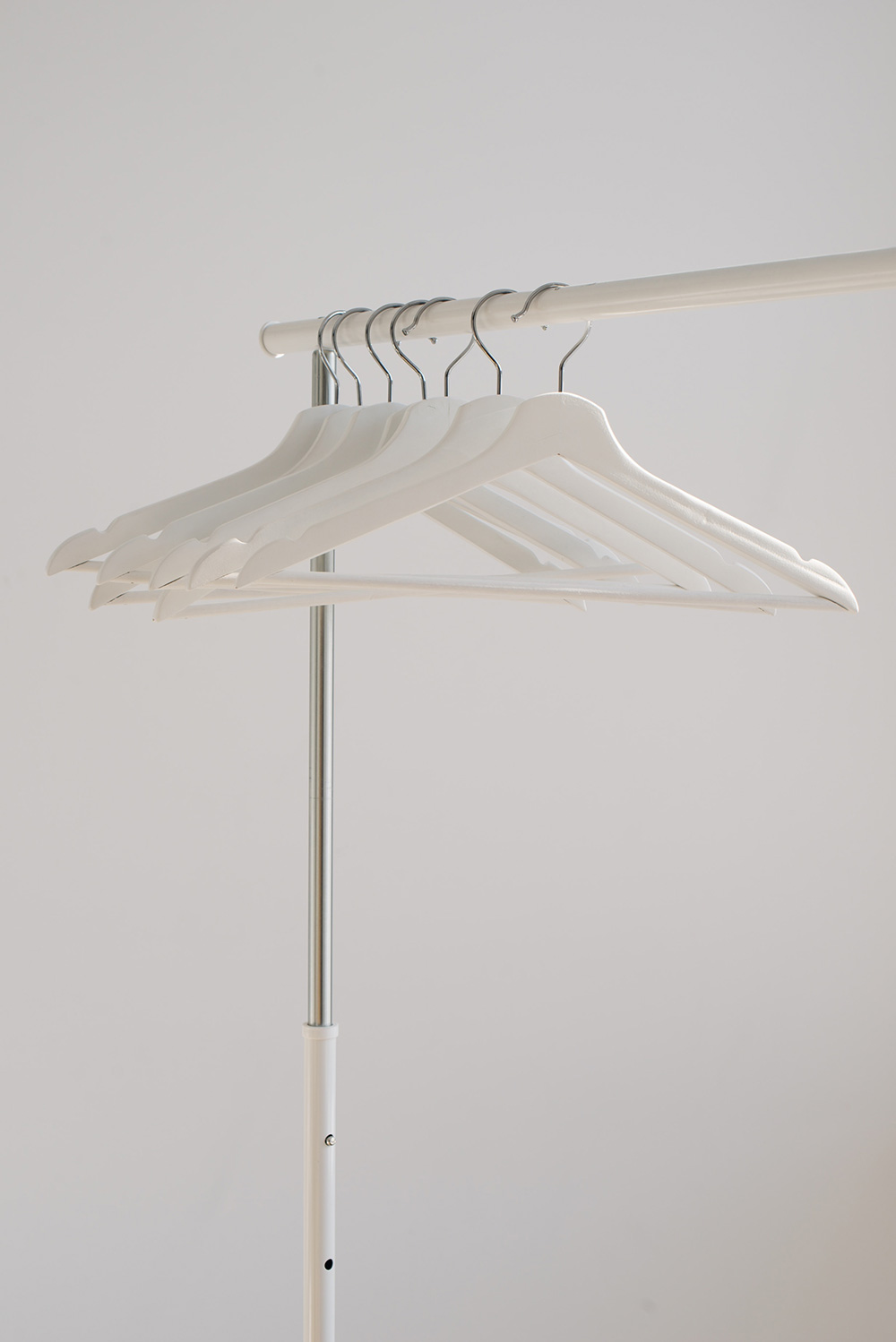
By Author

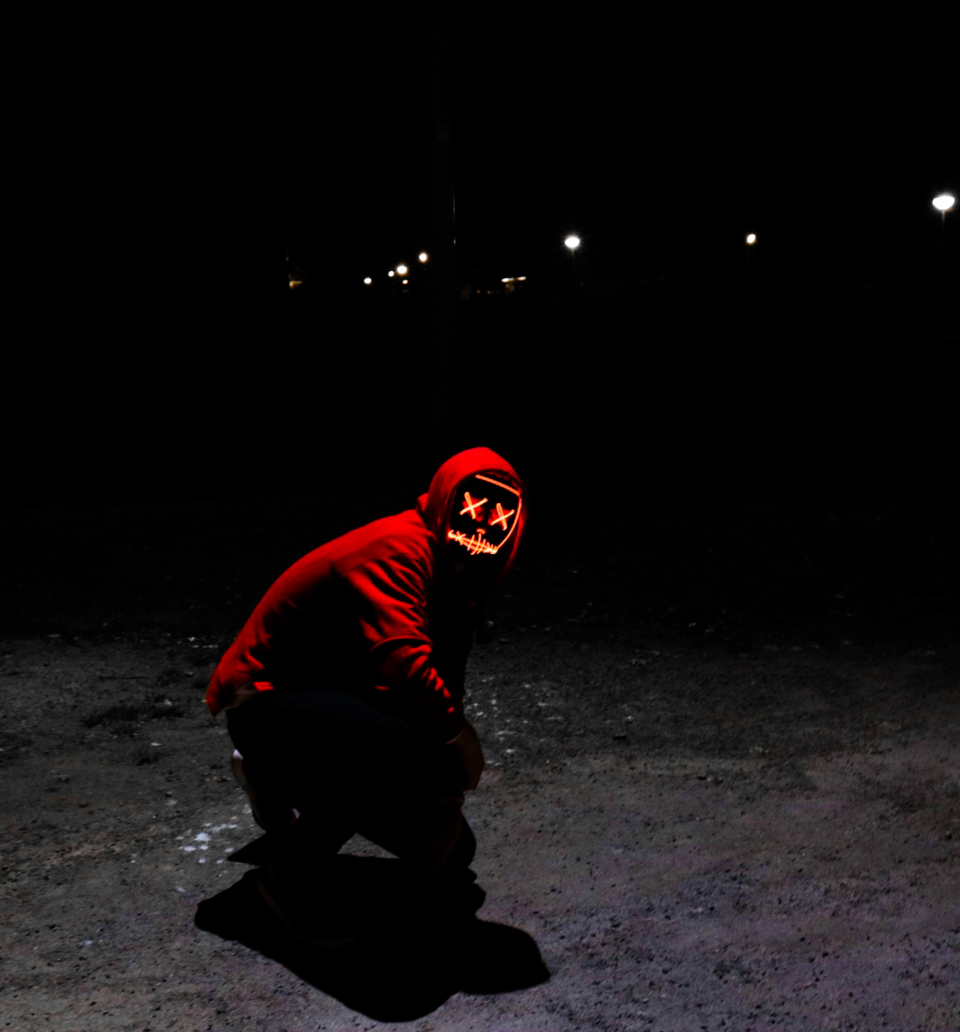
Happiness lies on the other side of the limelight…or does it?
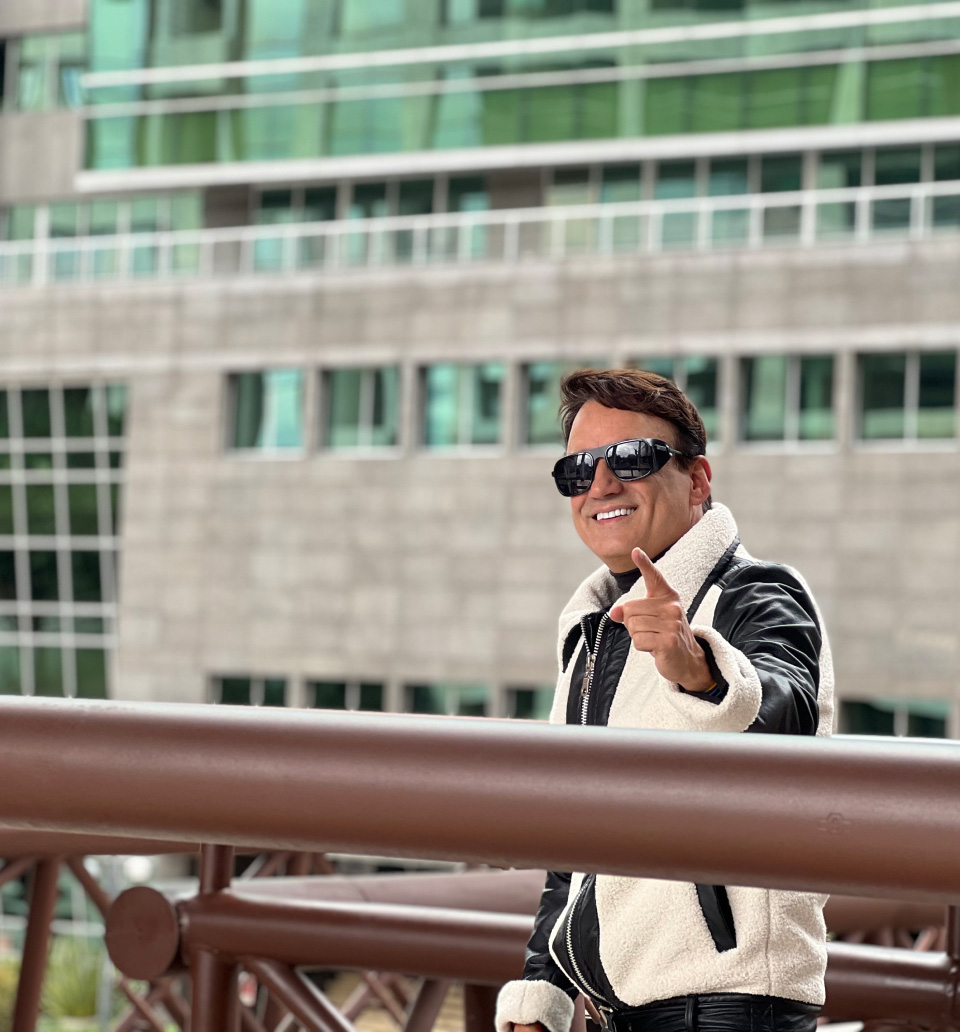
The Midas Touch: Interview With Sergio Barbosa
no related post found
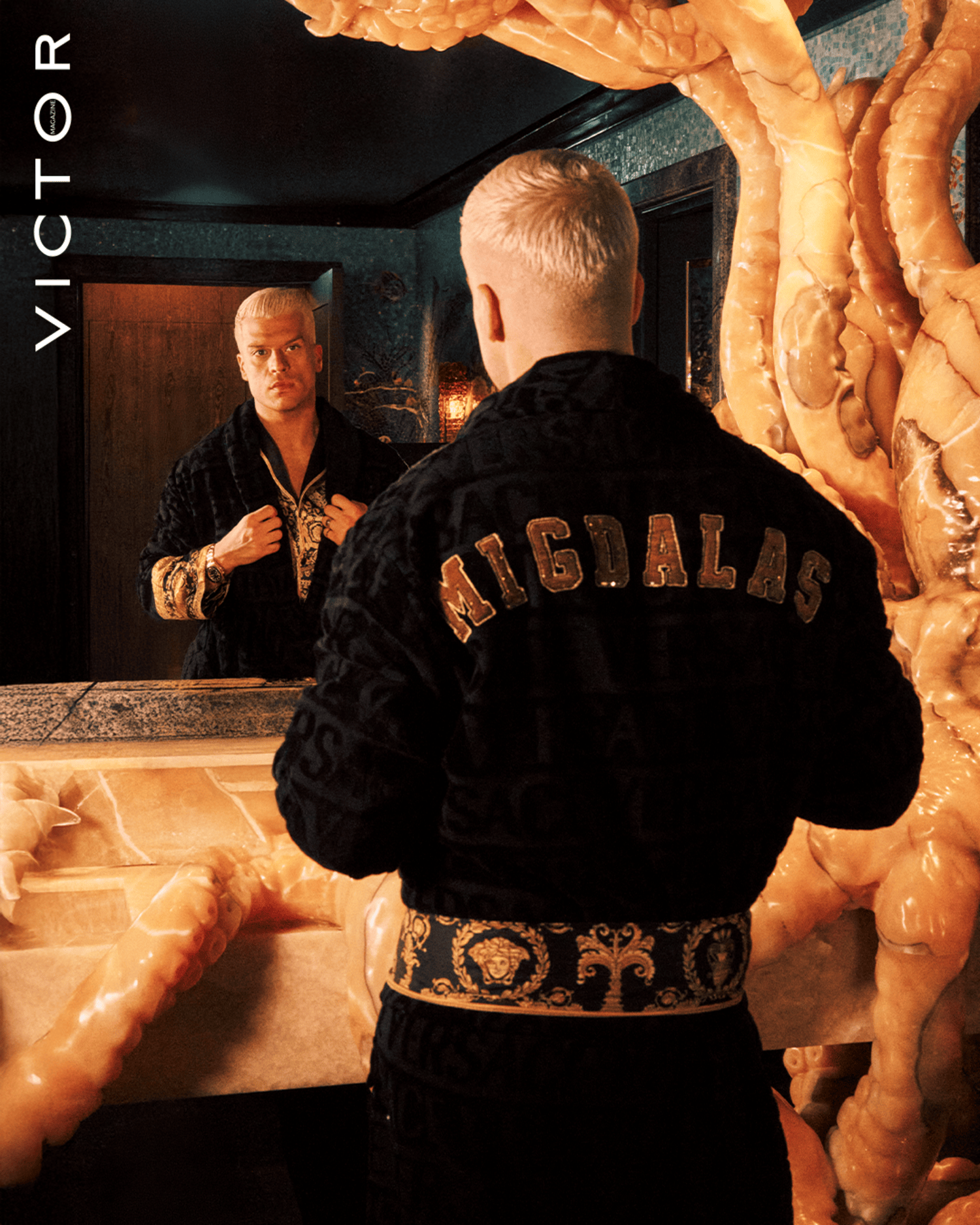
Beyond the Expected: John Migdalas on Today’s Luxury

“Flowers are our favorite F word!”

Indulging in Love and Flavor at Playa: A Valentine’s Day Delight

Beyond the Expected: John Migdalas on Today’s Luxury
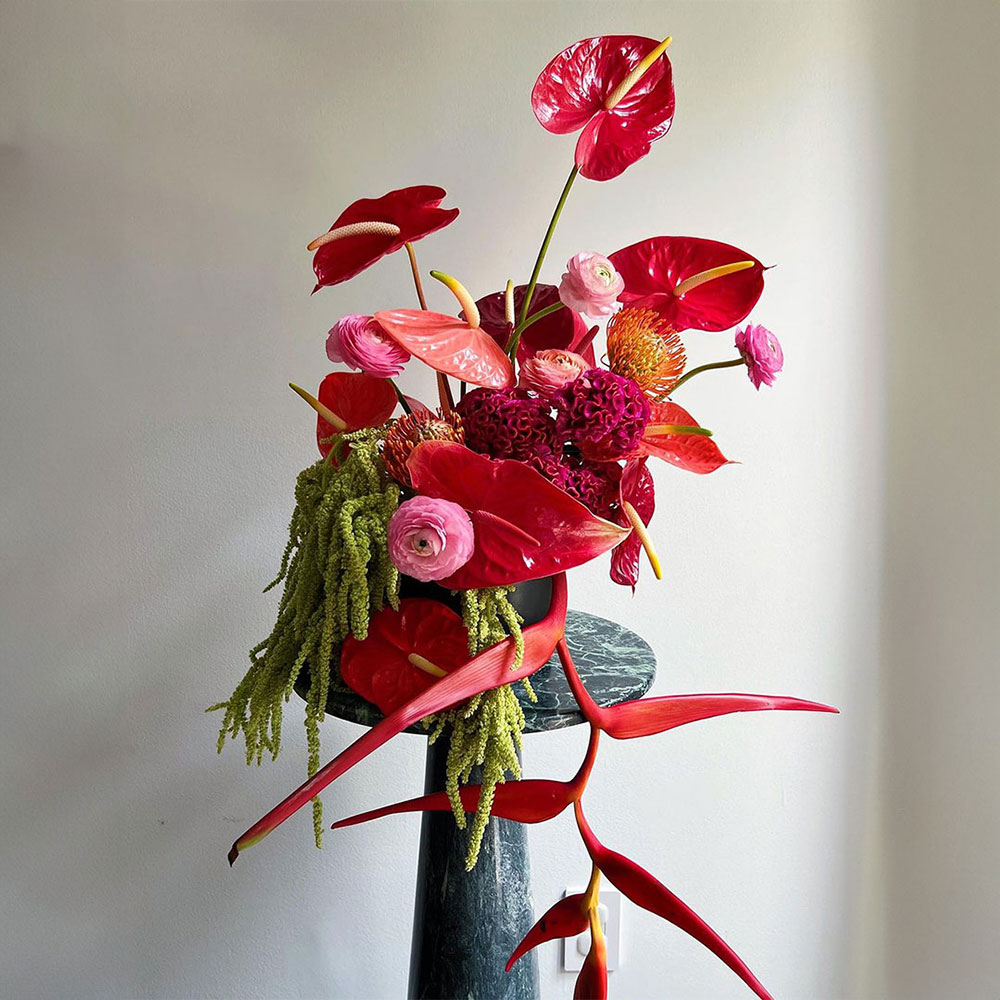
“Flowers are our favorite F word!”

Indulging in Love and Flavor at Playa: A Valentine’s Day Delight


